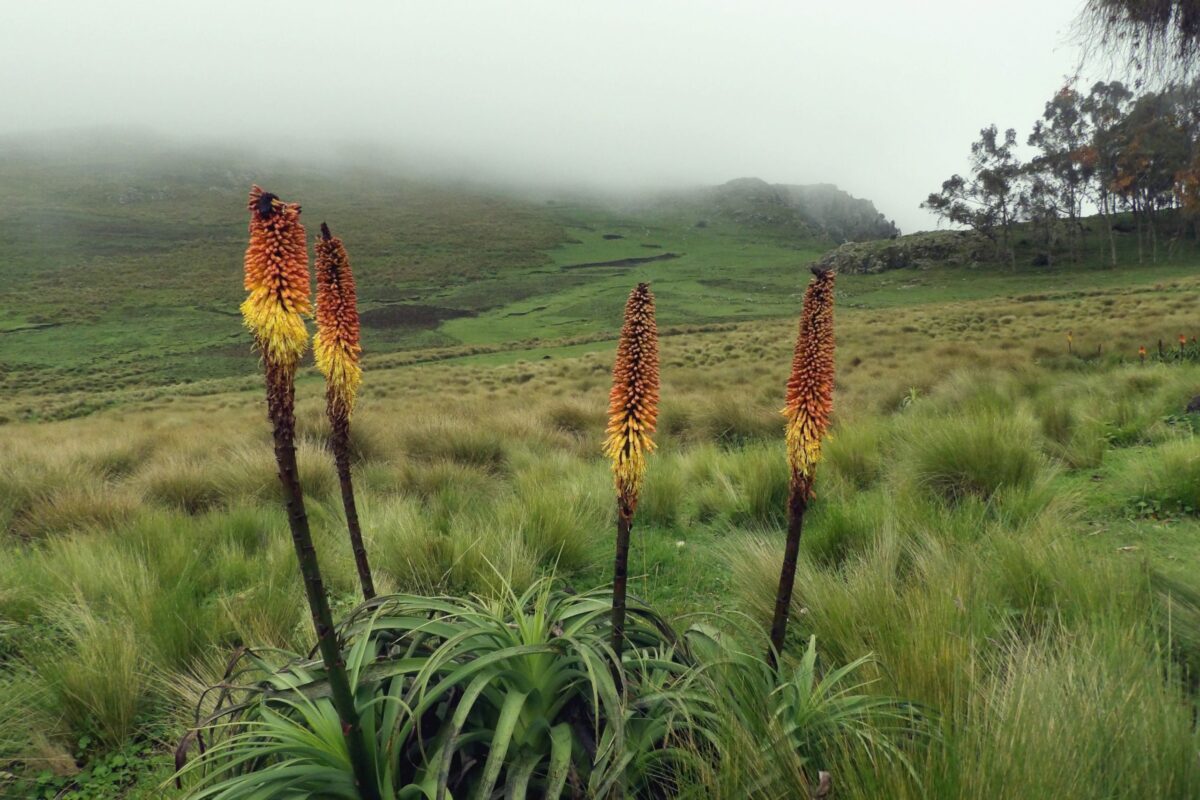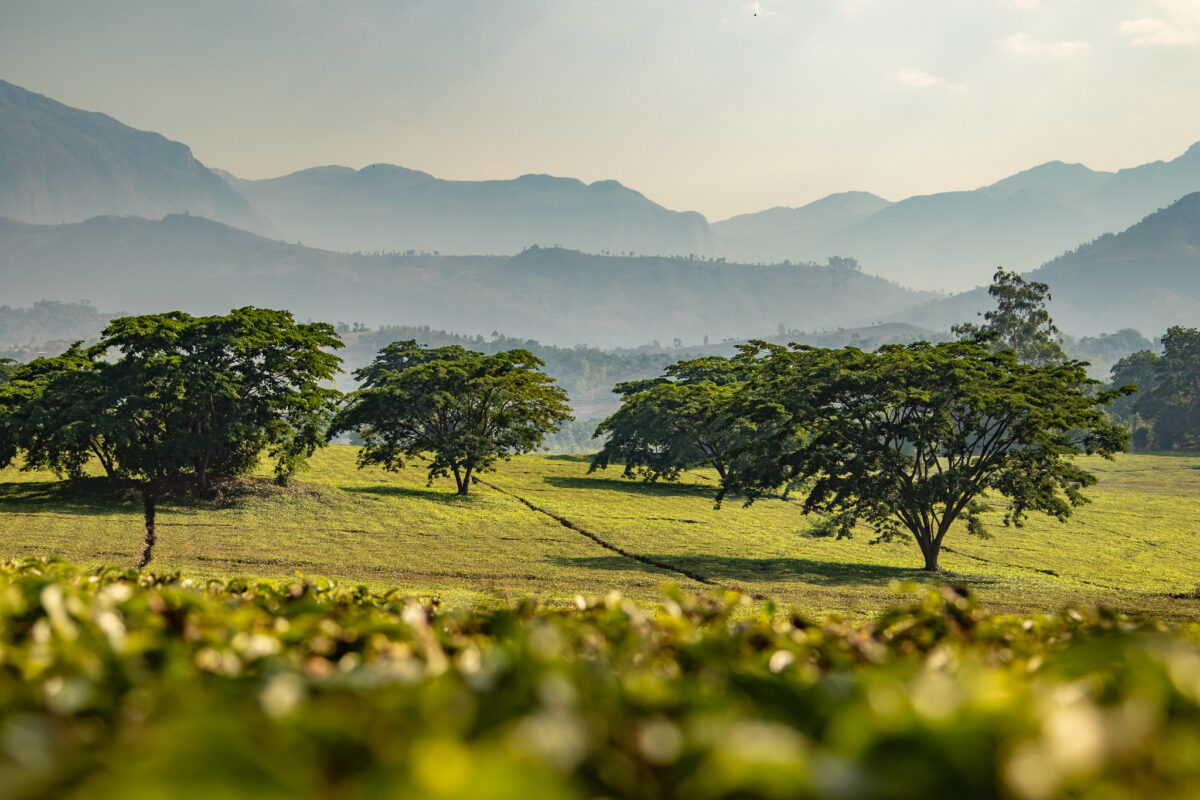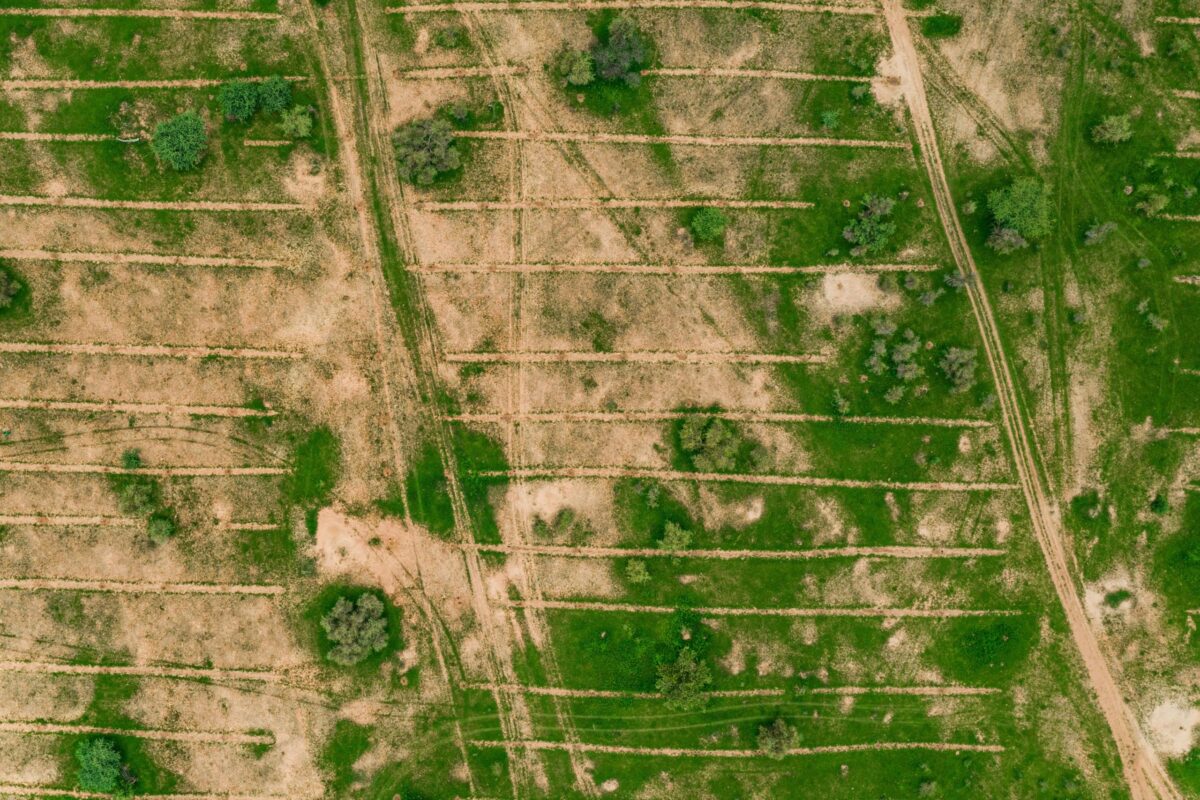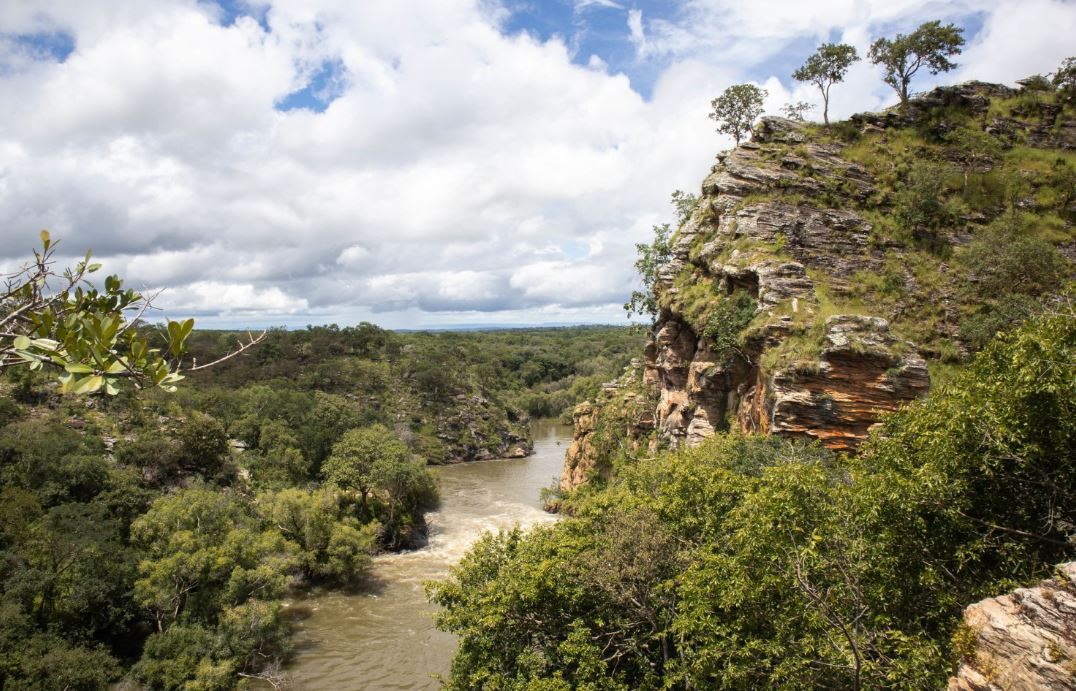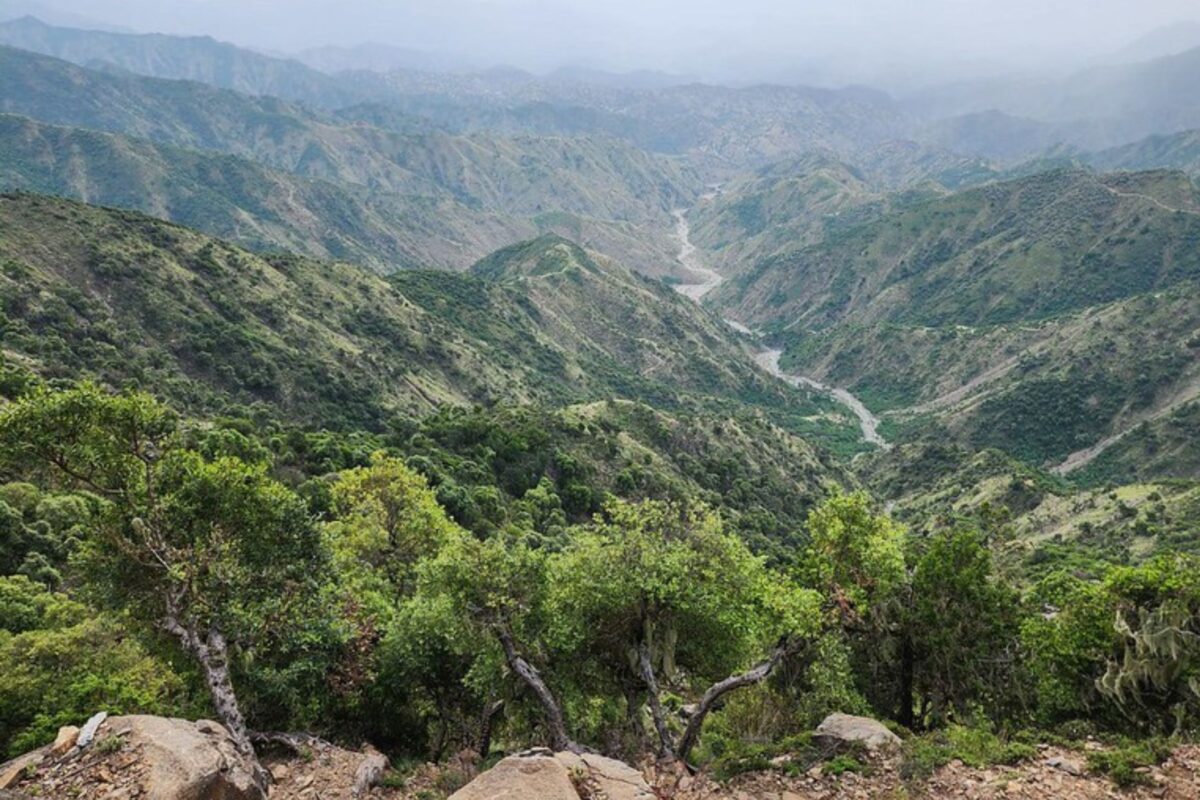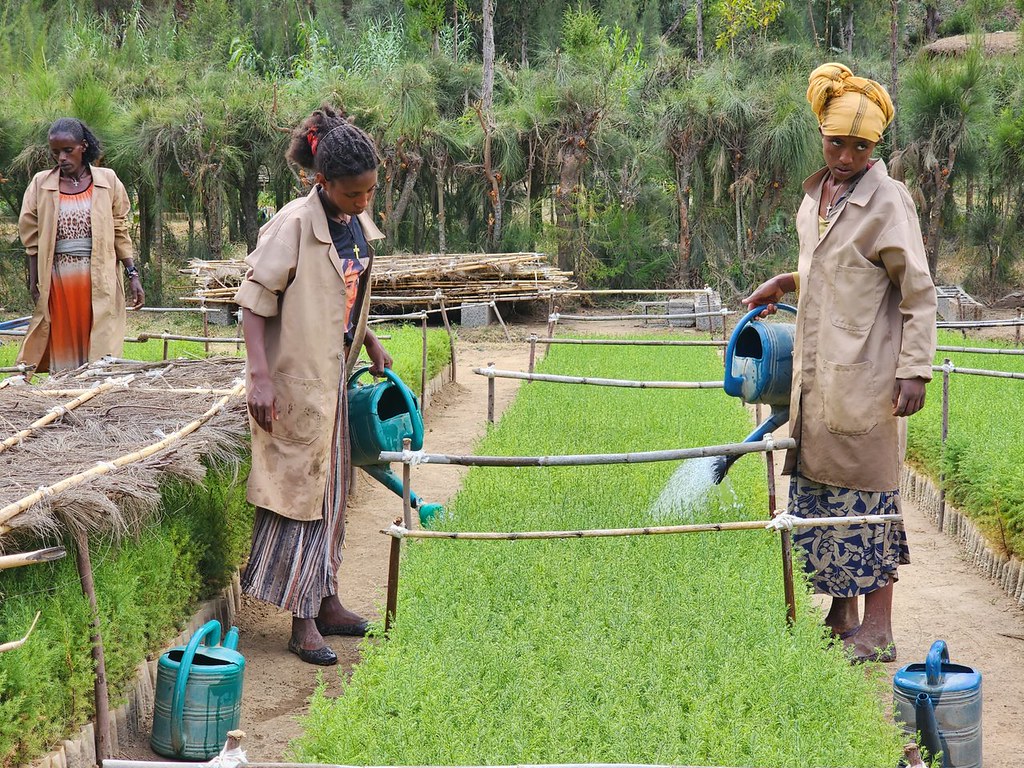March 2025 marks a milestone in WeForest’s restoration efforts at Mulanje Mountain Forest Reserve. Five years after establishing 12 Permanent Monitoring Plots (PMPs) across the Mbewa, Nakhonyo, and Mangombo sub-blocks, it was time to revisit these sites to measure tree growth and witness the forest’s remarkable transformation. A dedicated team of experts and local stakeholders— including members of the Forestry Block Committee (FBC), Village Natural Resources Management Committees (VNRMCs), a botanist from the Forestry Research Institute of Malawi (FRIM) as well as WeForest’s project manager and co-management extensionist— united to collect data on tree growth, species diversity and ecosystem recovery, with a shared passion for nature conservation.
Measuring Progress: Tracking Forest Growth through PMP’s
The reassessment of PMPs involved rigorous data collection using the WeForest PMP Standard Protocol. The team carefully recorded:
✅ Tree Diameter – Measuring the diameter at breast height (DBH) of each tree to track individual growth over time.
✅ Tree Height – Using clinometers to determine canopy expansion.
✅ Species Composition – Identifying the diversity of tree species regenerating within each plot.
✅ Seedling and Sapling Density – Assessing natural regeneration by counting young trees and seedlings in the 3x3m corner sub plots.
✅ Plot metadata- Assessing fire disturbance, plot topography, forest canopy cover, vegetation status, soil depth, soil type, erosion status, non woody vegetative cover percentage and grazing pressure on the plot.
Each measured metric provides valuable insights into the effectiveness of restoration efforts, shaping future strategies to enhance biodiversity and ecosystem services.
A Forest Reborn: Signs of Ecological Recovery
A highlight of the assessment was Mbewa Permanent Sample Plot 4, a site deemed severely degraded in 2020. Today, it stands transformed—lush, vibrant, and a powerful testament to nature’s resilience and the success of restoration efforts.
The reassessment was more than a progress check—it reinforced the vital role of local communities in conservation. VNRMC members actively collected data, fostering community ownership and embedding restoration efforts into the livelihoods of those who depend on these forests. Across all three forest sub-blocks, teamwork flourished as community members and WeForest staff worked together, demonstrating that reforestation is about nurturing forests to thrive, not just planting trees.
Photo shows a remarkable transformation. Plot metadata from 2020 labeled this plot as highly degraded. Five years later, Mbewa permanent sample plot 4 stands as one of the most visually striking examples of ecological recovery.
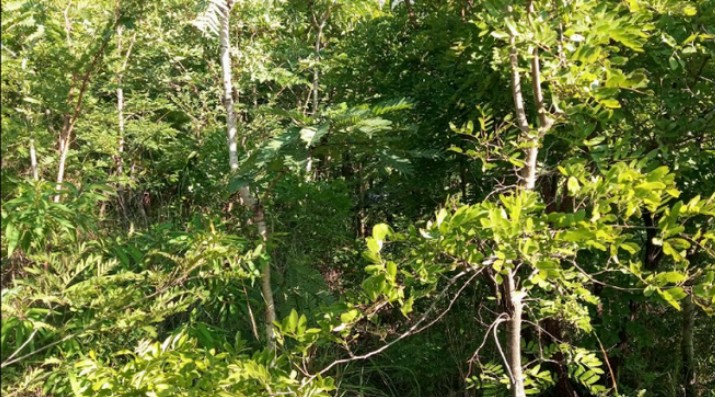
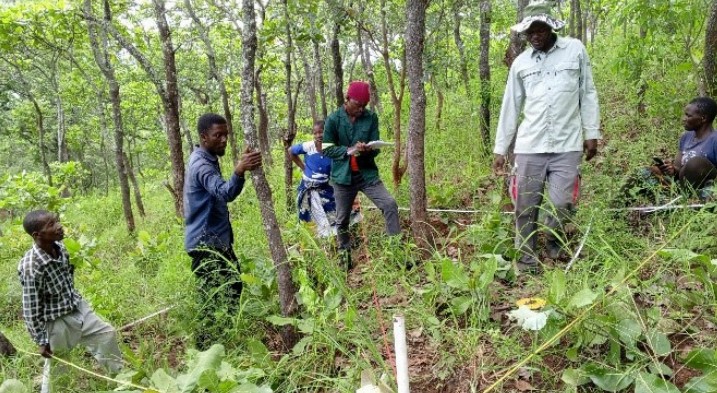
Collaboration in action – Community members and frontline staff assess seedlings in one of the plots at Nakhonyo sub-block.
Looking Ahead: A Shared Vision for Restoration
The findings from this reassessment will shape WeForest’s future strategies and offer valuable insights to global efforts in sustainable reforestation and carbon sequestration. Beyond data, this exercise reaffirmed a shared vision: forests and communities thriving together to combat climate change.
Each reassessment, seedling, and flourishing tree brings us one step closer to transforming restoration ambitions into reality.
Support forest science and restoration
Since 2019, WeForest focuses on Mulanje cedar plantation on the plateau of the mountain and on restoring and conserving the miombo on the slope around Mount Mulanje with the ambition to restore 9,000 hectares.
Contact our team today to explore how your organisation can contribute to a greener, healthier future.

